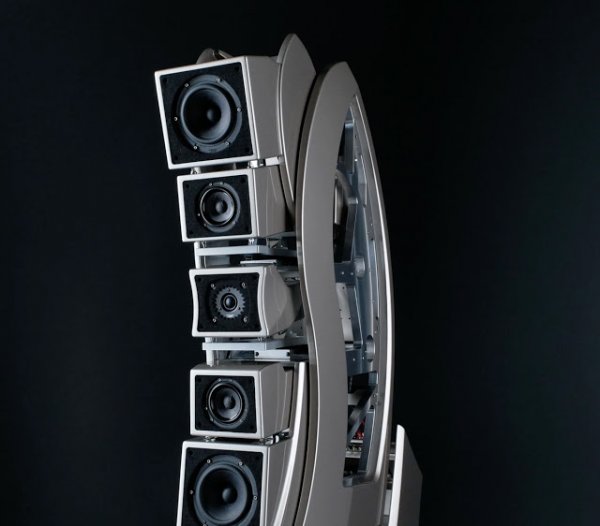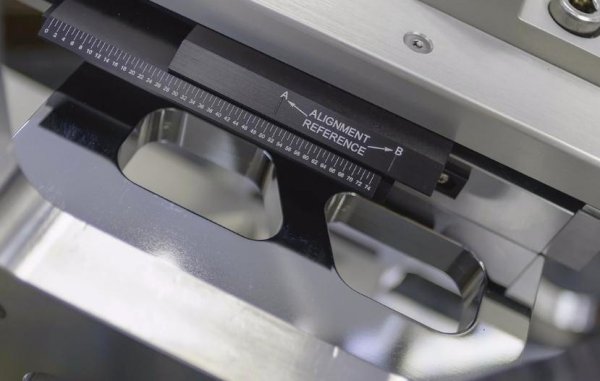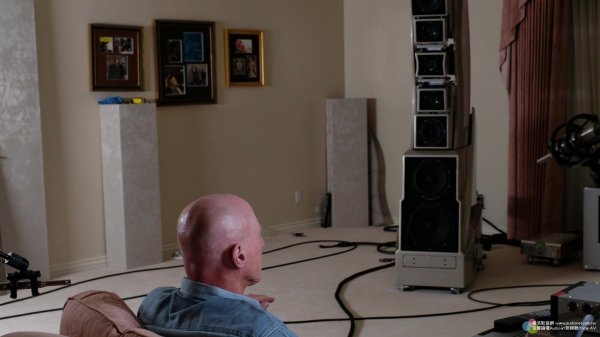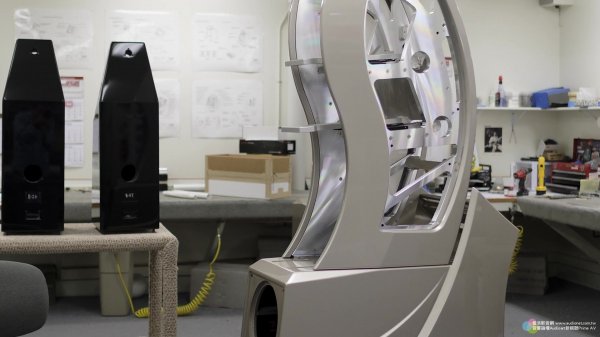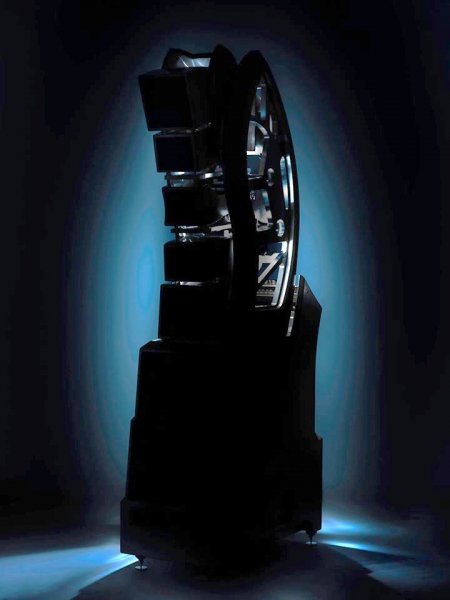Why would it be hard to mic them? I see no problem measuring them.
Like I was saying earlier, the tweeter is a long distance from the midrange. In order to sound like one driver there is a minimum distance determined by the frequency. It's not a subjective measurement. I'm sure the Wilson's know this, so I assume it's not an issue. But it wouldn't be the first time something high dollar had a mistake.
Also if it uses motors to move the drivers, they're far away enough from the photos to not cause concern. Really it would take something serious to penetrate far enough in to disrupt the magnetic fields right where the voice coil is at. Consider that drivers are stacked on top of each-other in countless speakers, and their fields are not enough to disrupt each other's.
Like I was saying earlier, the tweeter is a long distance from the midrange. In order to sound like one driver there is a minimum distance determined by the frequency. It's not a subjective measurement. I'm sure the Wilson's know this, so I assume it's not an issue. But it wouldn't be the first time something high dollar had a mistake.
Also if it uses motors to move the drivers, they're far away enough from the photos to not cause concern. Really it would take something serious to penetrate far enough in to disrupt the magnetic fields right where the voice coil is at. Consider that drivers are stacked on top of each-other in countless speakers, and their fields are not enough to disrupt each other's.


